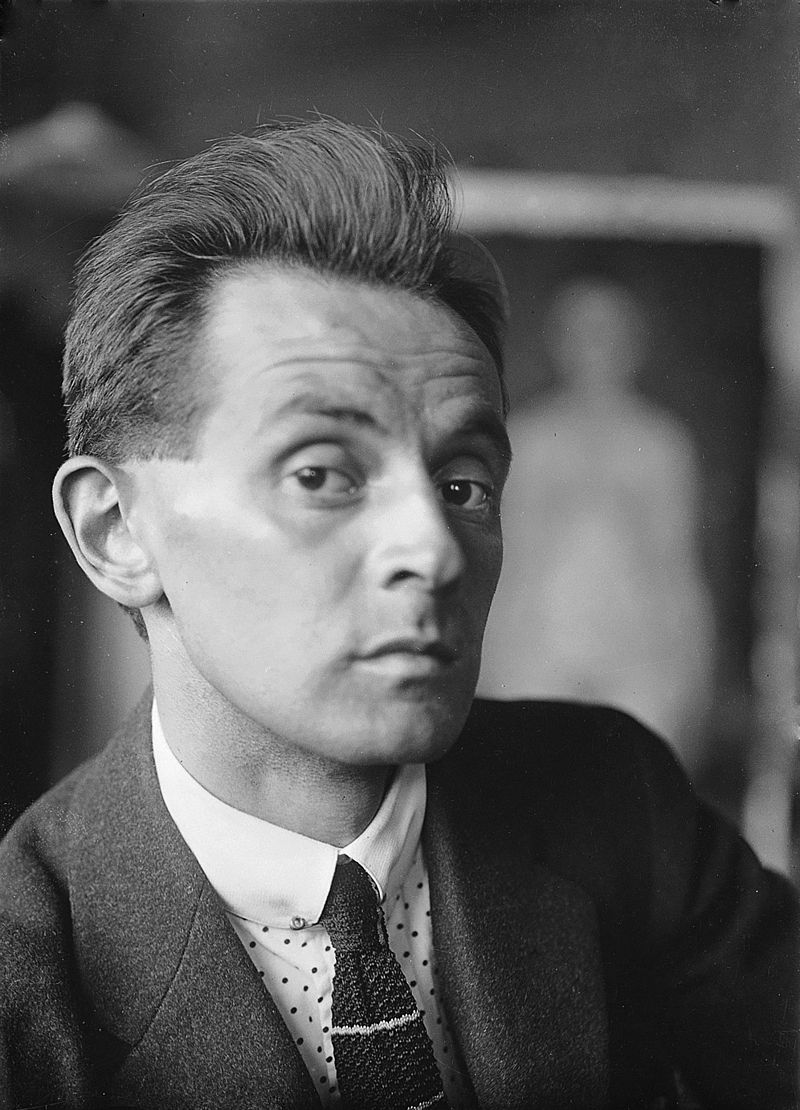Egon Schiele

Egon Schiele: Visionary
Egon Schiele was an Austrian painter who rose to prominence in the early 20th century. Born in 1890 in Tulln, Austria, Schiele's artistic talents were recognized early on, and he studied at the Vienna Academy of Fine Arts. Influenced by the Secessionist movement and his mentor Gustav Klimt, Schiele developed a unique style characterized by bold lines, expressive distortions, and intense emotions.
Schiele's paintings often explore themes of sexuality, death, and the human psyche. He frequently depicted himself and his lovers in raw and provocative ways, challenging societal norms and conventions. His works evoke a sense of psychological intensity, drawing viewers into the inner worlds of his subjects.
One of Schiele's most famous paintings is "Self-Portrait with Physalis" (1912), in which he confronts the viewer with a piercing gaze, surrounded by the vibrant orange physalis plant. This self-portrait captures Schiele's introspective nature and his ability to convey complex emotions through his art.
In "The Family" (1918), Schiele portrays himself with his pregnant wife, Edith Harms, in a composition that conveys both intimacy and unease. The distorted figures and somber atmosphere reflect Schiele's personal struggles and anxieties, particularly regarding impending fatherhood and the uncertainties of the future.
Overall, Egon Schiele's paintings are celebrated for their emotional depth, psychological complexity, and innovative approach to portraiture. Despite his untimely death at the age of 28 in 1918, Schiele's legacy as one of the leading figures of Austrian Expressionism endures, influencing generations of artists and art enthusiasts alike.